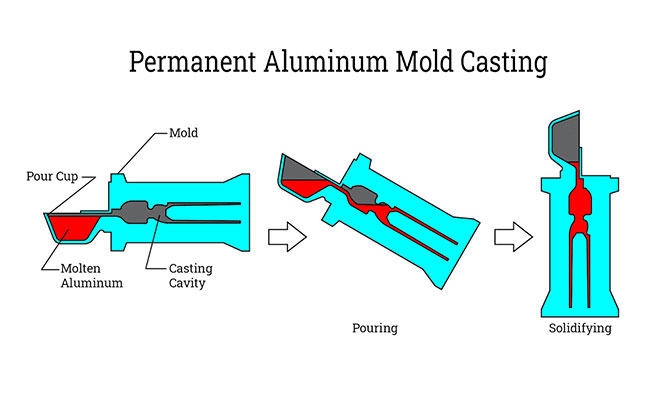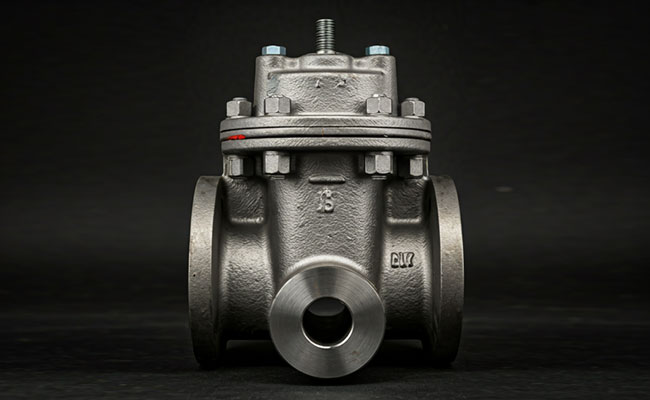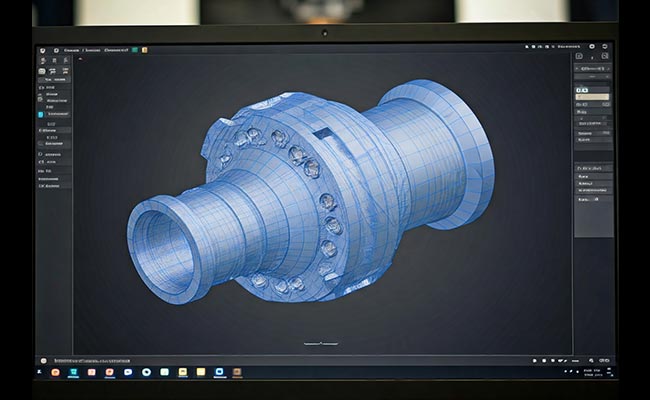
Squeeze Casting: Shaping the Future of Metal Manufacturing
2024-06-03
3D printed casting mold
2024-06-17Comparing Gravity Casting and Die Casting: Choosing the Right Metal Casting Process

Gravity casting and die casting. While both techniques share the common goal of shaping molten metal into finished components, they differ significantly in terms of process, application, and performance. Understanding the distinctions between gravity casting and die casting is crucial for manufacturers seeking to select the most suitable method for their specific needs. Let’s delve into a comparative analysis of these two casting processes:
1. Process Overview:
Gravity Casting: Also known as permanent mold casting, gravity casting involves pouring molten metal into a permanent mold cavity using the force of gravity. The mold is typically made from materials such as steel or iron and can be reused multiple times.
Die Casting: Die casting, on the other hand, employs high-pressure injection to fill a reusable steel mold cavity with molten metal. The mold, called a die, is designed to withstand high pressure and heat, enabling rapid production of intricate components.
2. Complexity and Precision:
Gravity Casting: While gravity casting can produce relatively complex shapes, it is generally better suited for simpler geometries with fewer intricate details. Tolerances achieved through gravity casting are typically moderate compared to die casting.
Die Casting: Die casting excels in producing components with intricate designs, sharp edges, and thin walls. The high pressure exerted during the process allows for tighter tolerances and excellent dimensional accuracy, making it ideal for high-volume production of complex parts.
3. Surface Finish and Quality:
Gravity Casting: Components produced through gravity casting often exhibit a coarser surface finish compared to die-cast parts. However, with proper mold design and finishing techniques, acceptable surface quality can be achieved.
Die Casting: Die-cast components typically boast superior surface finish and texture due to the high pressure exerted during the process, resulting in minimal porosity and excellent surface detail. This makes die casting the preferred choice for applications requiring premium aesthetics.
4. Material Compatibility:
Gravity Casting: Gravity casting is well-suited for a wide range of metals and alloys, including aluminum, magnesium, and brass. It offers flexibility in material selection and can accommodate alloys with varying melting points.
Die Casting: Die casting is commonly used with non-ferrous metals such as aluminum, zinc, and magnesium. The process is particularly well-suited for alloys with low melting points, allowing for rapid solidification and shorter cycle times.
5. Cost and Production Volume:
Gravity Casting: Gravity casting generally incurs lower tooling costs compared to die casting, making it a cost-effective option for small to medium production runs. However, the process may be less economical for high-volume production due to longer cycle times.
Die Casting: While die casting typically requires higher initial investment in tooling, its ability to achieve high production rates and minimal material wastage makes it more cost-effective for large-scale manufacturing. The per-part cost decreases significantly with increasing production volume.
In summary, both gravity casting and die casting offer distinct advantages and are suitable for different applications and production requirements. Gravity casting is preferred for simpler geometries, moderate production volumes, and cost-sensitive projects, while die casting excels in producing complex components with superior surface finish, tight tolerances, and high production rates. Ultimately, the choice between gravity casting and die casting hinges on factors such as part complexity, desired quality, production volume, and budget constraints, with manufacturers weighing these considerations carefully to select the optimal casting process for their specific needs.



